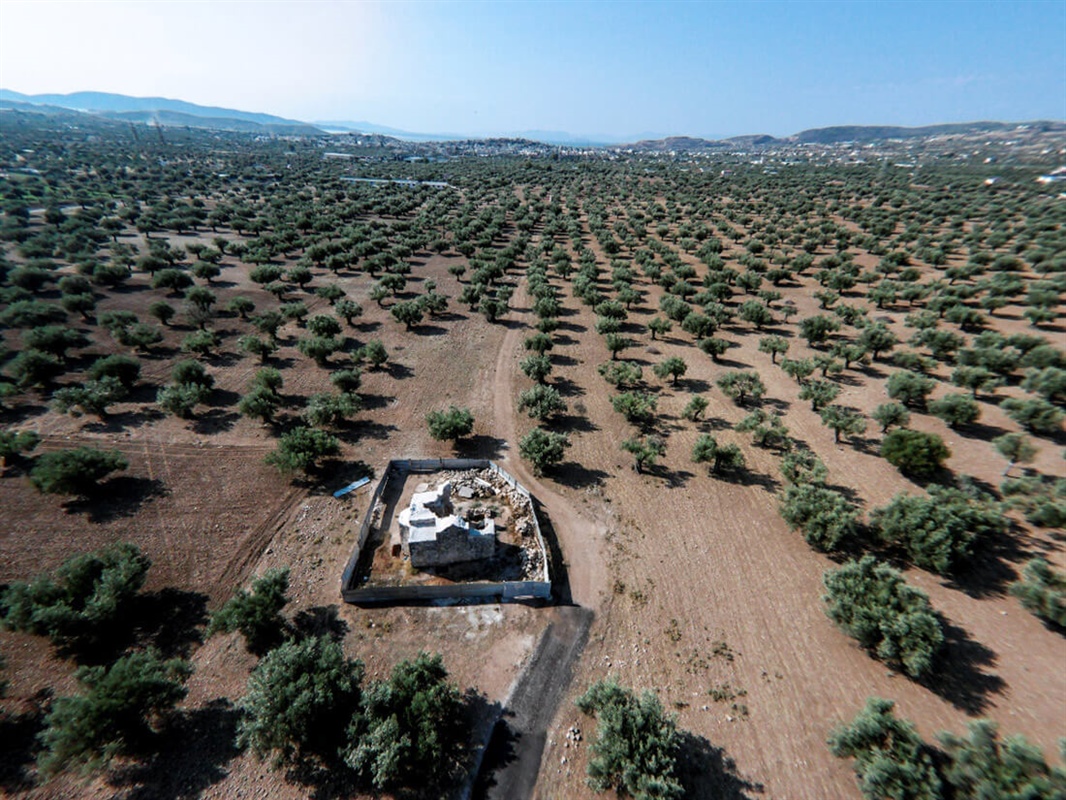Zygomalas Folklore Museum
Useful
Information
Athinon - Lamias National Rd (45th km), Avlona, 19011 Avlonas, Avlonas 190 11, Greece
Informations
Address:
Athinon - Lamias National Rd (45th km), Avlona, 19011 Avlonas, Avlonas 190 11, Greece
Zygomalas Folklore Museum
The Museum was founded in 1937 on the initiative of Loukia Zygomalas (1866-1947) and from its establishment operated in a specially designed exhibition space in the Zygomala family’s country house. The re-exhibition took place in 1990 and the opening was in July 1991. Five exhibition areas were created by a special working group in three independent showcases. There, the authentic part of the traditional costume coexists with the newer embroideries, which have a specially modified pattern. This is evidence of the stages of reproduction. Each display case shows a single pattern and its variations. Many of the schools’ embroideries are displayed in two other showcases.
On a low pedestal, at the back of the exhibition space there is a the presentation of material evidence related to the operation of the schools, such as the company logo, order books stamps, income and expenditure books, patents (a kind of copyright) for the designs of the period and embroidery tools (printer, frame) in order to remind the visitor of the place and time of the consortium’s activity. On a second pedestal, in the vertical extension of the exhibition room, three-dimensional objects are displayed, such as furniture with embroidered fabrics, lampshades, etc. The objects that received awards and prizes are displayed in a symbolic representation of the stand of the Greek delegation at the Decorative Arts Exhibition in Paris in 1925. In the area of the residence itself, selected pieces of household equipment, small objects, family photos and portraits have been placed in order to present the residence where the “Good Lady of Avlona” lived for more than 20 years.





